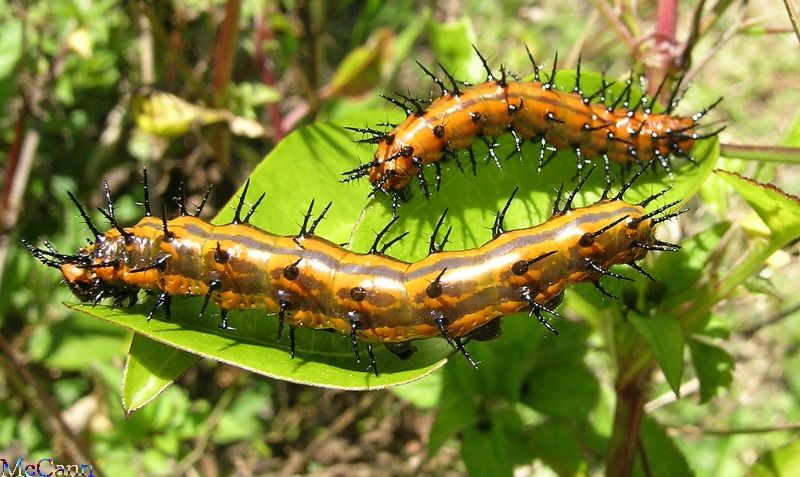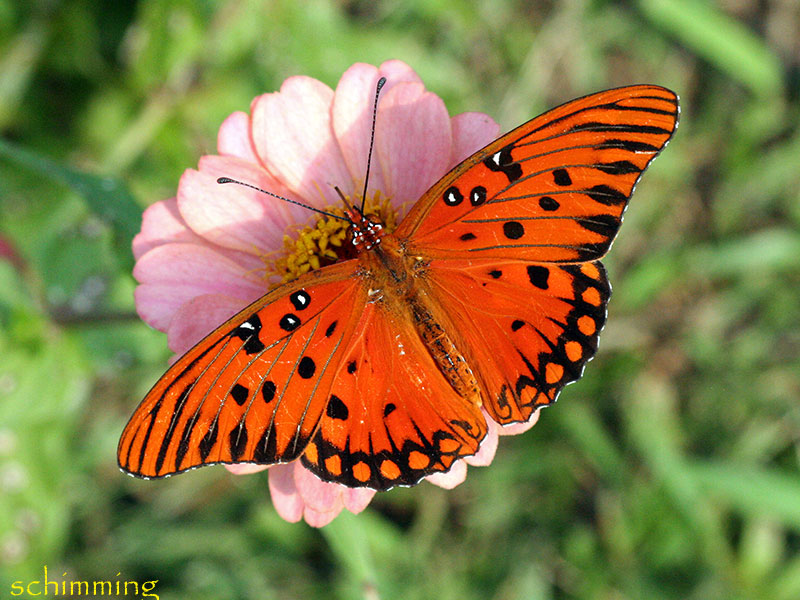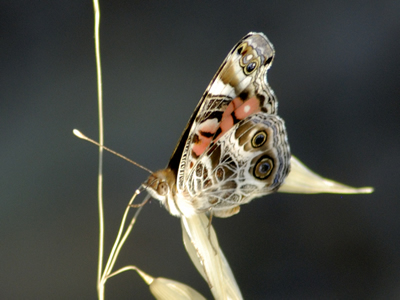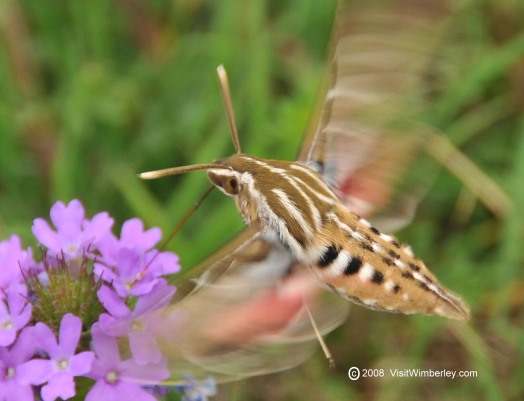freedombecki
Let's go swimmin'!
- Thread starter
- #81
Follow along with the video below to see how to install our site as a web app on your home screen.
Note: This feature may not be available in some browsers.







Wow, Mudwhistle. That one reminds me of hummingbird moths that used to hang around the honeysuckles in our home of 25 years in Wyoming. Thanks for sharing it.






I love Monarchs too, Conservative. Last summer was so dry, I only saw one, and it was late after our first fall rain. Thanks for sharing the pic.The Monarch has always been my favorite.


As its common name implies, the blue morpho butterflys wings are bright blue, edged with black. The blue morpho is among the largest butterflies in the world, with wings spanning from five to eight inches. Their vivid, iridescent blue coloring is a result of the microscopic scales on the backs of their wings, which reflect light. The underside of the morphos wings, on the other hand, is a dull brown color with many eyespots, providing camouflage against predators such as birds and insects when its wings are closed. When the blue morpho flies, the contrasting bright blue and dull brown colors flash, making it look like the morpho is appearing and disappearing. The males wings are broader than those of the females and appear to be brighter in color. Blue morphos, like other butterflies, also have two clubbed antennas, two fore wings and two hind wings, six legs and three body segments -- the head, thorax and abdomen.